Shelter in Dai Islet
In 1698, Commander Nguyen Huu Canh inspected Gia Dinh land, recruited people to settle and establish villages. In 1732, seeing that this area was too large, Lord Nguyen divided it, established Dinh Vien district and Long Ho citadel. At that time, Long Ho citadel was located in An Binh village, Cai Be district. In 1765, Dinh Vien district and Long Ho citadel moved to Tam Bao district (now Vinh Long). At this time, Dai island was exploited and settled by Quang people.
At that time, Cu Lao Dai was established into 5 villages, including: Phu Thai, Phuoc Khanh, Thai Binh, Thanh Luong and Binh Thanh. Therefore, this land is also called Cu Lao Nam Thon. In Thai Binh village (now Thanh Binh commune), there was a Nguyen family who came to the South in the 18th century. Later, there was a Mr. Nguyen Hau Tan who passed the At Dau exam (1825) at Gia Dinh examination school. This person was appointed as Nam Dinh Bo Chanh. In Phuoc Ly village (Quoi Thien commune), there was an 8th-rank medical practitioner Tran Nhut Tan, who contributed to building the temple, was honored as "Tien Vien Quan Huu Cong", whose descendants still exist today.
According to documents, Nguyen Van Thoai was born in 1761, the son of Nguyen Van Luong and Nguyen Thi Tuyet. Mr. Luong was from An Hai village, An Luu Ha commune, Dien Phuoc district, Dien Ban prefecture, Quang Nam citadel (now Son Tra district, Da Nang city).
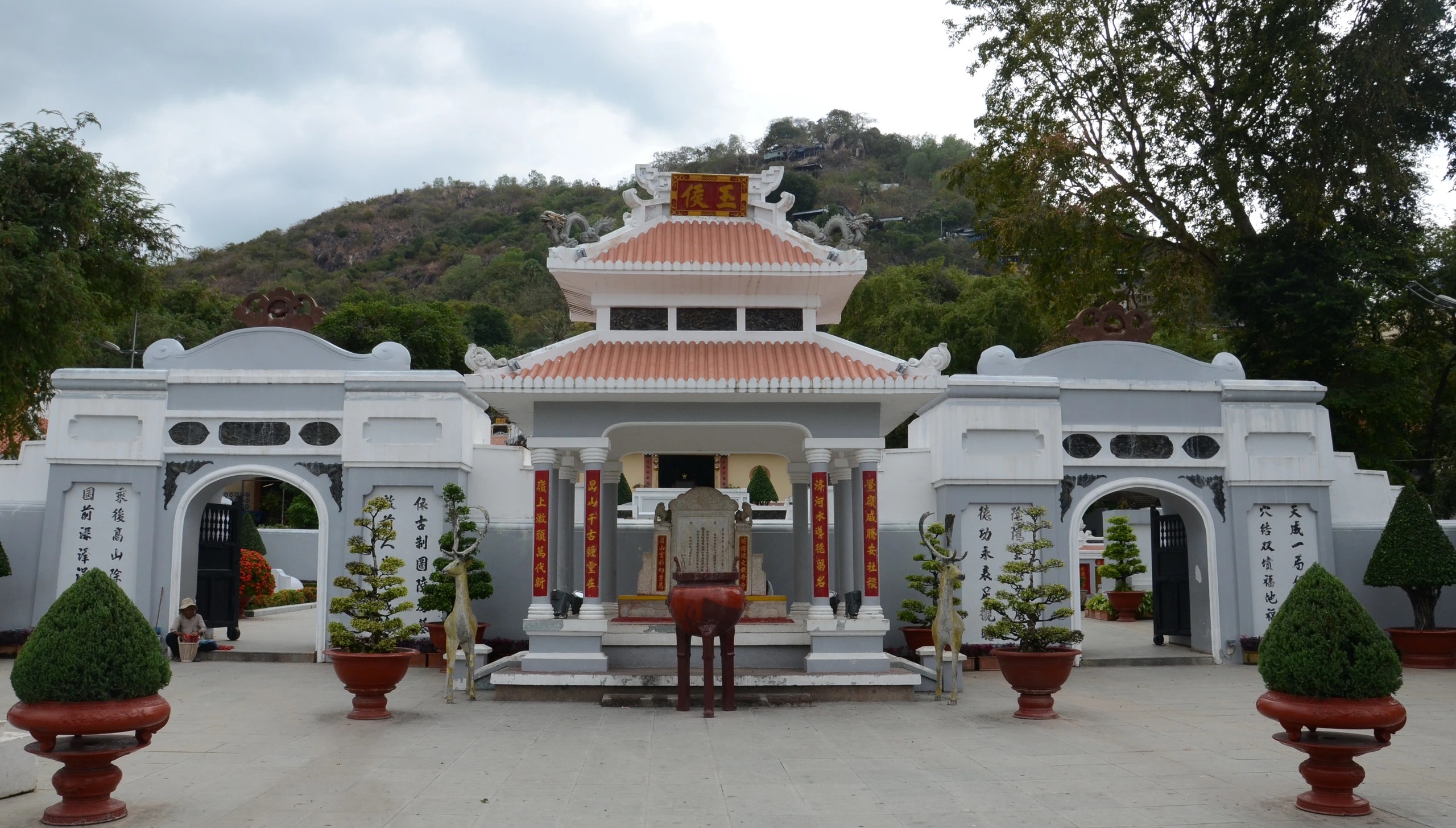
Thoai Ngoc Hau Temple in Sam Mountain (An Giang)
The old story goes that in 1776, while bathing in the river with Tran Quang Dieu, a local mandarin passed by. Thoai playfully splashed water and wet the coffin, so he was beaten. Dieu, defending his friend, jumped in and beat him, then doused the mandarin with water. As a result, Thoai and his two younger siblings were taken by their mother to take refuge in Cu Lao Dai. In 1777, at the age of 16, Thoai joined the army of Lord Nguyen Anh in Ba Giong (Dinh Tuong).
Venture into new lands
The book Dai Nam liet truyen recorded that in the year Giap Thin (1784), Nguyen Van Thoai assisted Lord Nguyen to Vong Cac. When he returned, he followed the army to fight, held the positions of Imperial Commissioner, Imperial Commissioner Commander, and guarded Long Hung fort (now Lap Vo, Dong Thap). In 1798, he was also the deputy manager of Ngu Thuy. In 1800, he was appointed Imperial Commissioner, General of the Upper Dao, Binh Tay.
In 1801, because he voluntarily left the Upper Dao to return to Gia Dinh without waiting for the king's order when he heard that the Tay Son general Tran Quang Dieu (an old friend) led his troops to rescue Phu Xuan, Nguyen Van Thoai was demoted to Cai Doi. Later, he was appointed as the Imperial Envoy Commander, overseeing military affairs in the North. In 1802, he became the governor of Lang Son and then the governor of Dinh Tuong (1810).
In the second year of Minh Mang, Nguyen Van Thoai received the national seal to protect Cambodia, concurrently managed the border affairs in Ha Tien and guarded Chau Doc citadel. Before that, at the end of 1817, the Dong Xuyen canal project was completed and was named Thoai Ha by the king. Sap mountain next to the canal was named Thoai Son. During his time as Vinh Thanh governor, Nguyen Van Thoai commanded the militia to dig a canal from Chau Doc to Ha Tien, 100 km long. When completed in 1824, King Minh Mang named the canal Vinh Te after his wife. In 1825, Nguyen Van Thoai also opened a road from Chau Doc to Soc Vinh, Chau Doc - Lo Vo and Chau Doc - Nui Sam...
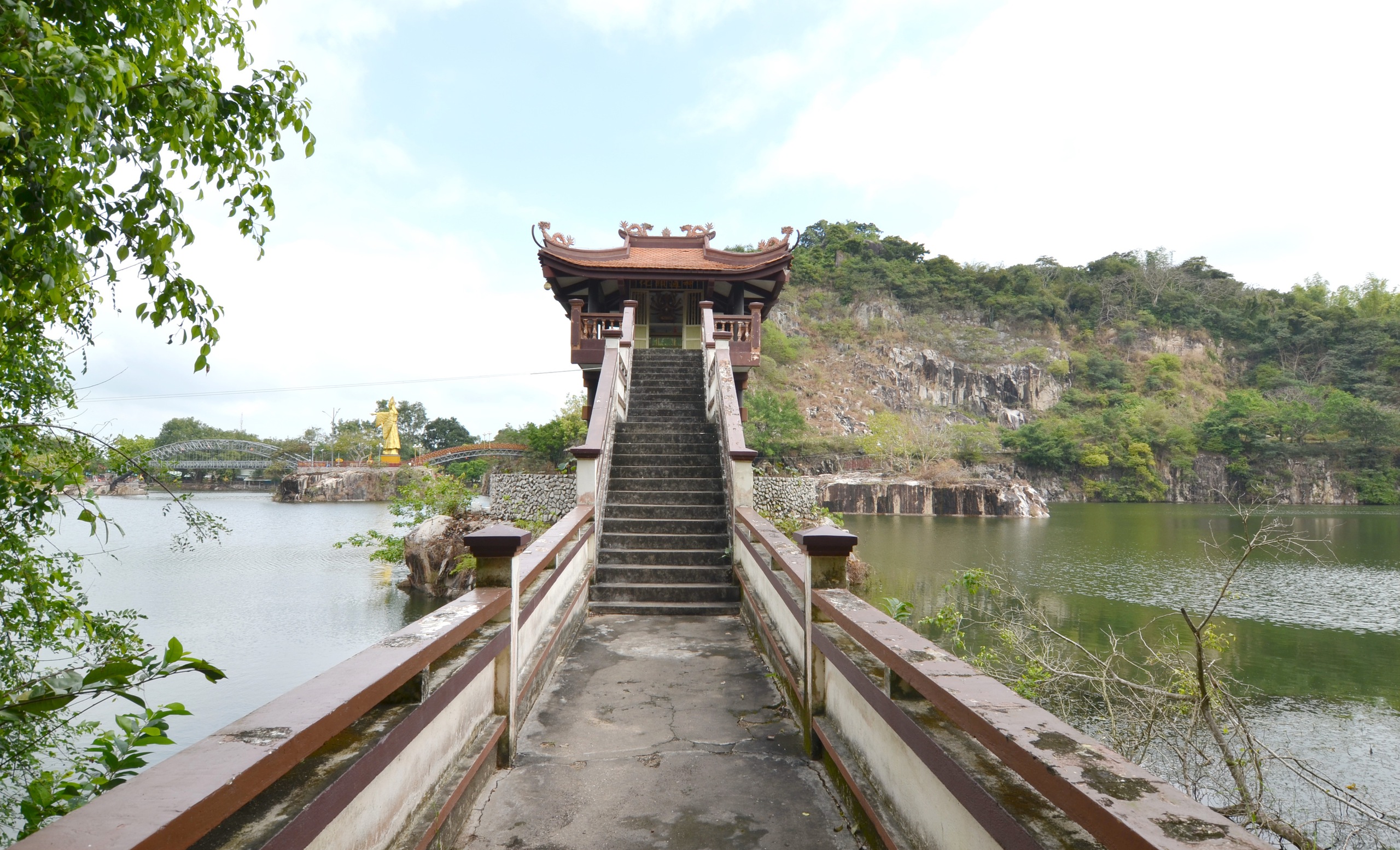
Thoai Ngoc Hau Temple in Sap Mountain (An Giang)
Wrongly convicted at the end of life
Thanks to Nguyen Van Thoai's contribution to protecting Cambodia, in the 5th year of Minh Mang, King Phien sent a letter asking to cede 3 prefectures of land to repay his gratitude. In 1829, Nguyen Van Thoai passed away in Chau Doc at the age of 68 and was posthumously awarded the title of Do Thong. His son Lam was given the title An Ky. In 1832, following the false accusations of Vo Du, the king issued an edict to demote him by 5 ranks, revoke his son's title, and confiscate his family property. Later, it was discovered that Du had falsely accused him, but Du was only dismissed from his position and exiled to Cam Lo.
Thoai Ngoc Hau's family tomb in Dai island was completed in 1828. But since he was wrongly accused and his property was confiscated, there was no one to take care of or inherit it. Dai Viet Tap Chi, issue dated December 16, 1943, had an article by author Ngac Xuyen recounting the meeting with Huong Bai Nguyen Khac Du in Dai island and seeing the village's report dated August 10, 1832 with 8 village officials "recognizing that according to the order of the superior, the late Nguyen Van Thoai's property, a field of hill, was sold to the scholar Huynh Tang Quang, for 650 quan of silver".
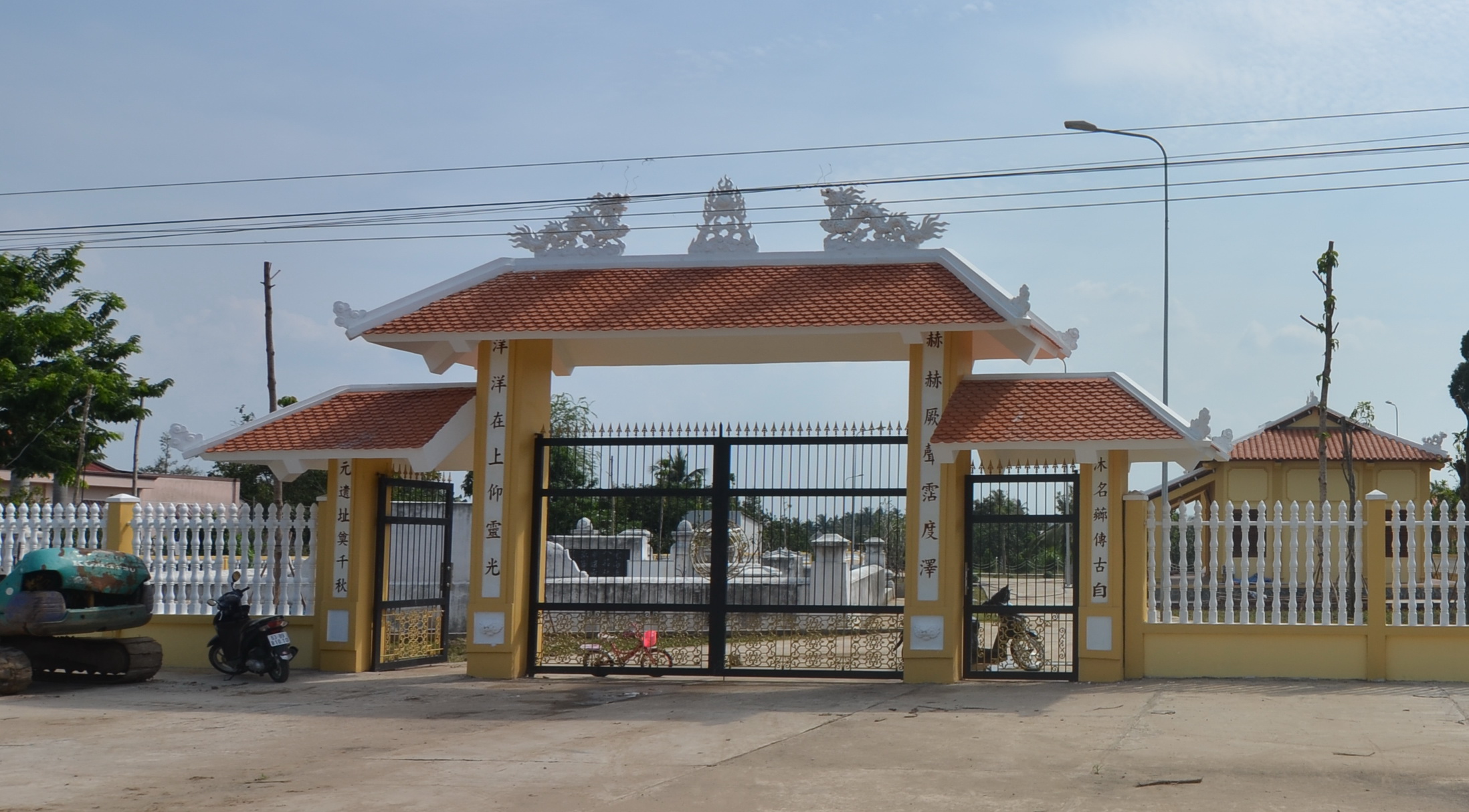
Gate to the relic site
It was not until 1924 that King Khai Dinh bestowed on Thoại Ngọc Hầu the title of "Đoan Túc Dực Bảo Trung Hưng Tôn Thần" and he was worshipped at the temple at Sam Mountain. In 1943, King Bảo Đại bestowed on him the title of "Quảng Ý Dực Bảo Trung Hưng Đăng Thần" and he was worshipped at Thoại Sơn Temple (Núi Sập).
In 2017, the People's Committee of Vinh Long province decided to rank the tomb as a provincial historical relic. By 2019, the province invested funds to renovate and embellish the tomb and build a model of the Nguyen family temple and the Chau family temple. From the left entrance gate is the tomb of Thoai Ngoc Hau's mother, Mrs. Nguyen Thi Tuyet and the tomb of Mrs. Nguyen Thi Dinh (Mrs. Tuyet's daughter). In the left corner of the tomb area is the Tho Than temple in front of the rear screen. In front of the tomb area are 2 square pillars with lotus buds on them. The front and back are engraved with Chinese characters, and both sides are carved with patterns. The Chau family tomb area also has a similar architecture. Inside are the tombs of Mr. Chau Vinh Huy and Mrs. Do Thi Toan, the parents of Mrs. Chau Thi Vinh Te.
According to legend, Mr. Huy was a Confucian scholar who taught in the village, so there was an additional classroom model. A merit stele was erected at the cemetery, and a bridge was built to connect the two cemetery areas. The three-door gate and fence were newly built, but the tombs were restored in their original state, such as the tomb door, pillars, screens, altars, and shrines to the local gods. After the restoration, the site became more spacious. (to be continued)
Source: https://thanhnien.vn/dau-xua-mo-coi-dat-phuong-nam-di-tich-co-mo-tren-dat-cu-lao-185241110224111214.htm




![[Photo] Unique folk games at Chuong Village Festival](https://vstatic.vietnam.vn/vietnam/resource/IMAGE/2025/4/10/cff805a06fdd443b9474c017f98075a4)

![[Photo] Prime Minister Pham Minh Chinh chairs meeting to discuss tax solutions for Vietnam's import and export goods](https://vstatic.vietnam.vn/vietnam/resource/IMAGE/2025/4/10/19b9ed81ca2940b79fb8a0b9ccef539a)
![[Photo] Phuc Tho mulberry season – Sweet fruit from green agriculture](https://vstatic.vietnam.vn/vietnam/resource/IMAGE/2025/4/10/1710a51d63c84a5a92de1b9b4caaf3e5)
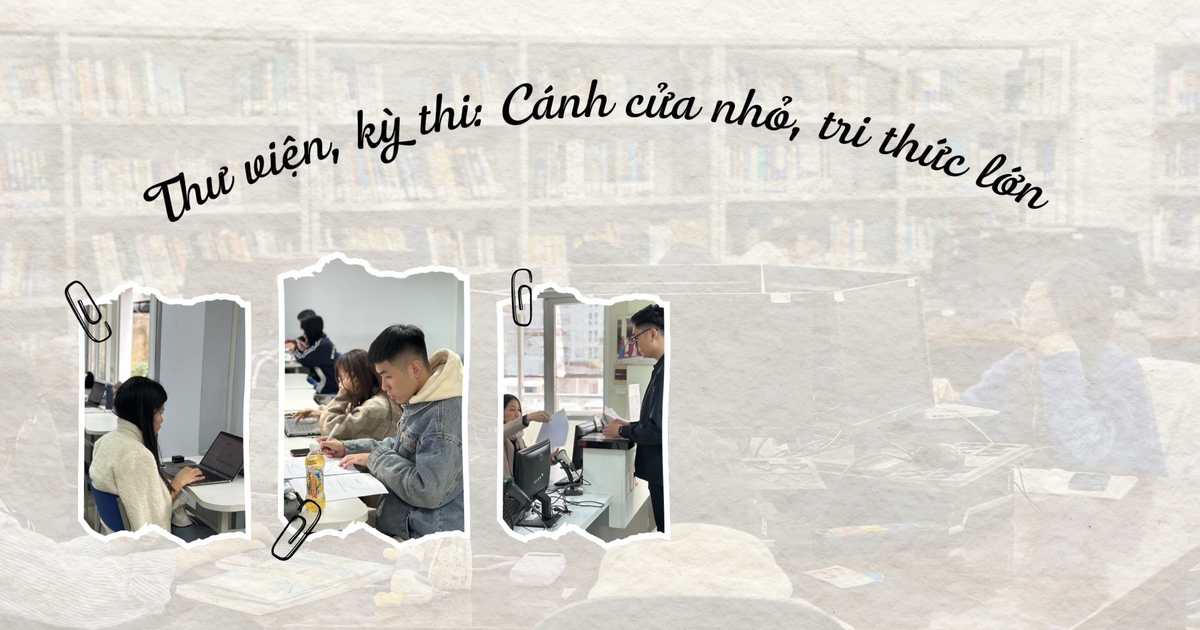
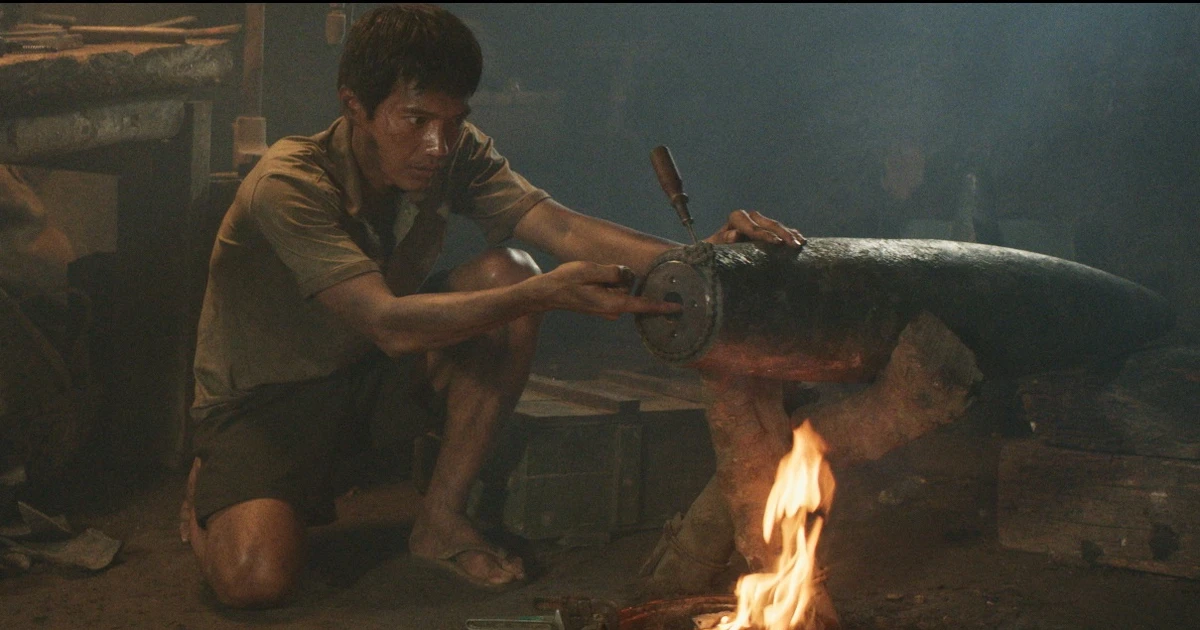
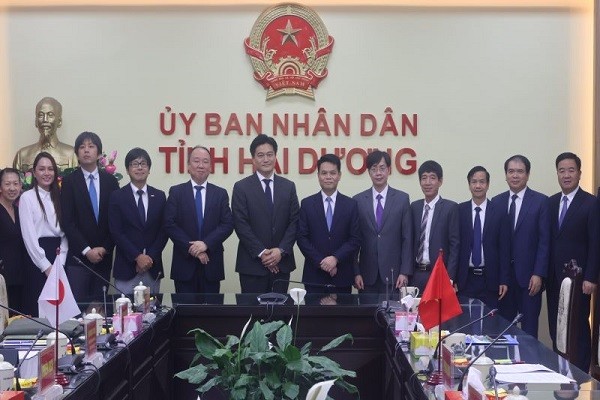

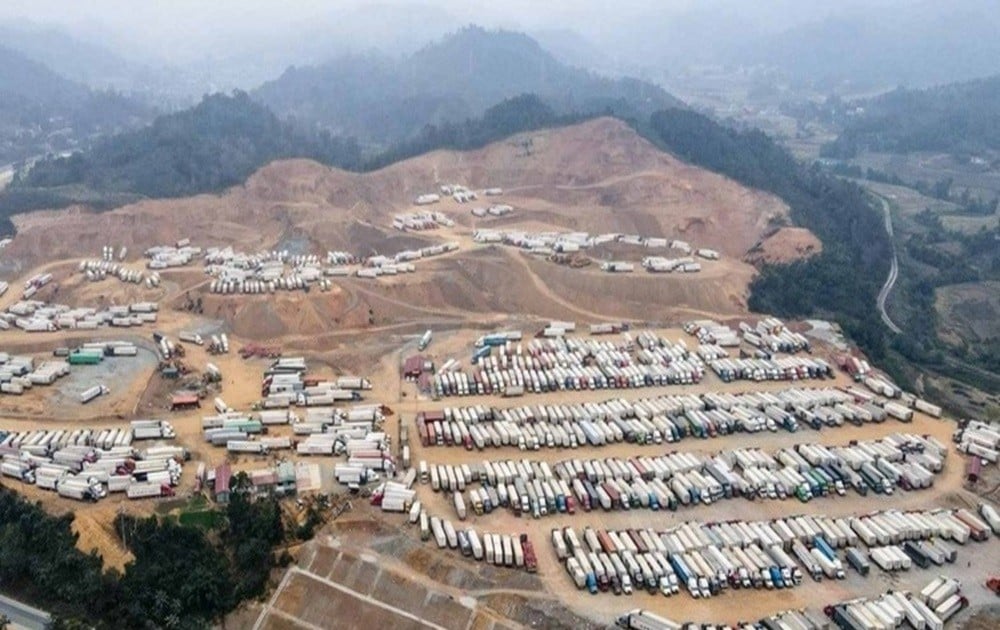





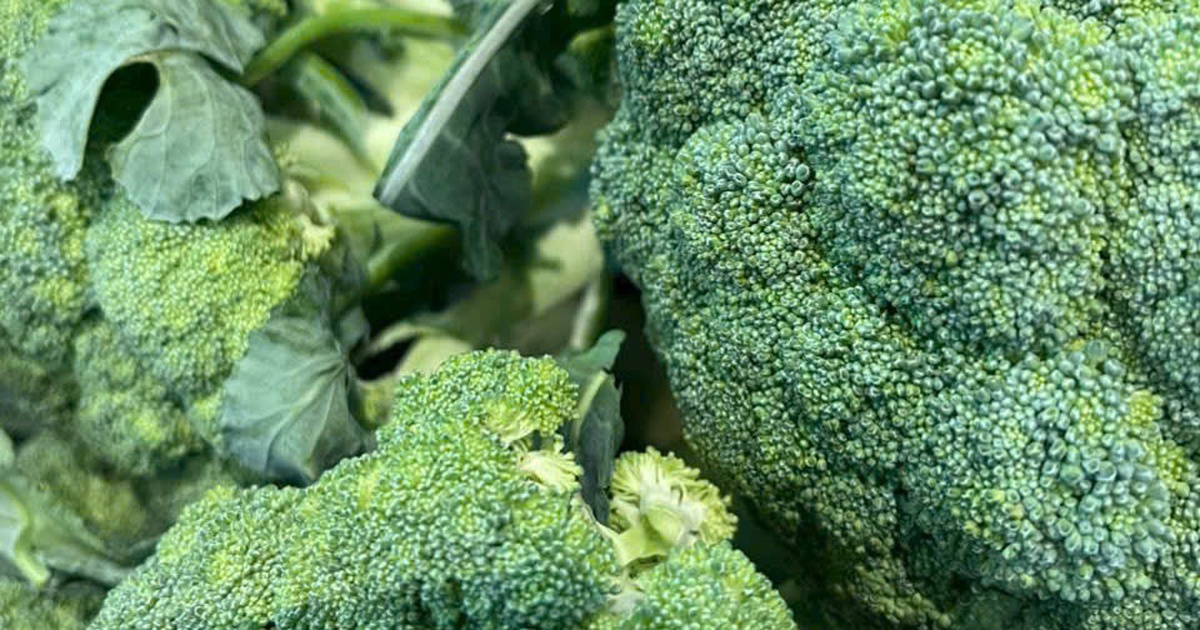




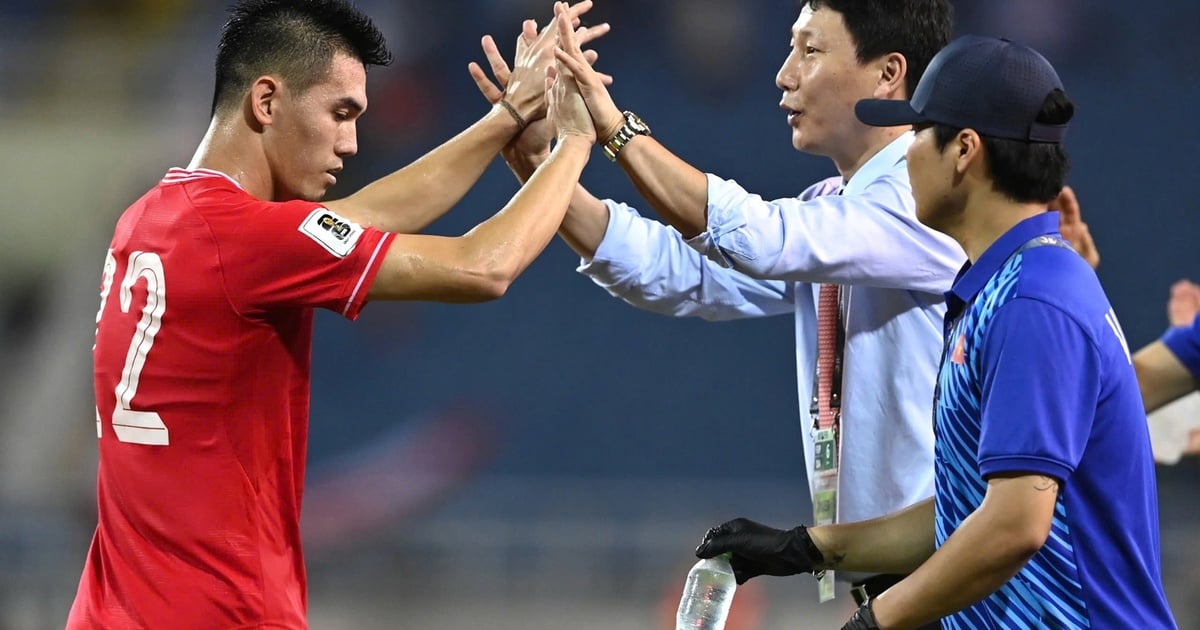
















































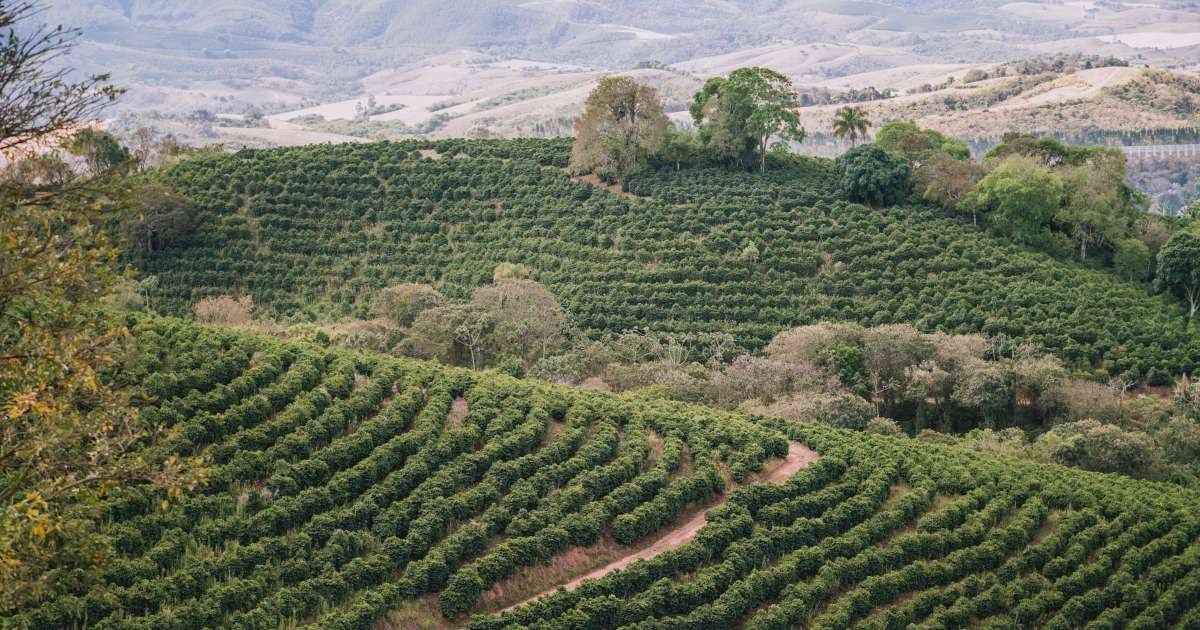

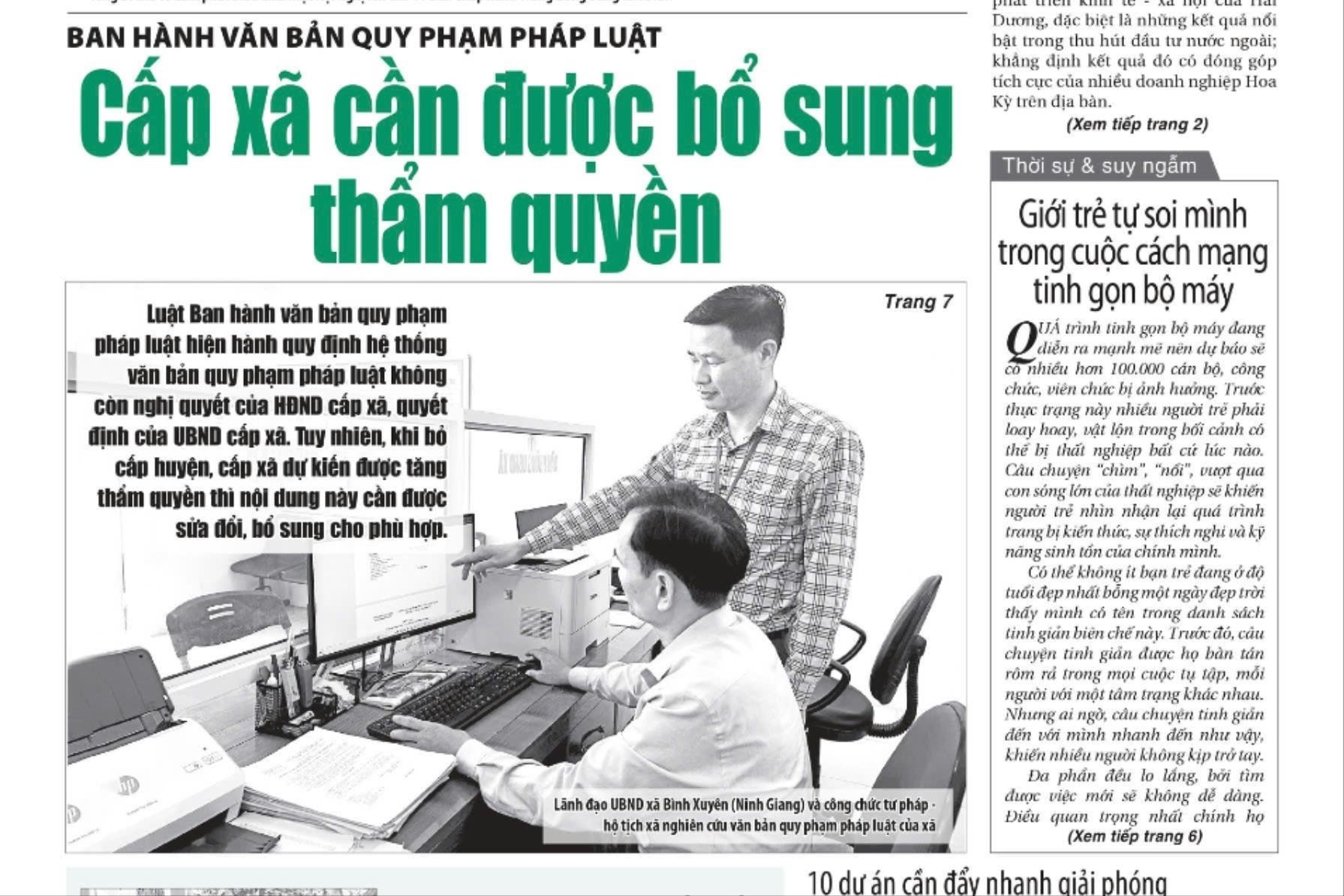
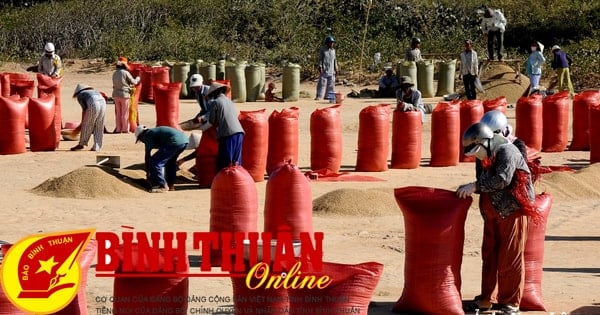

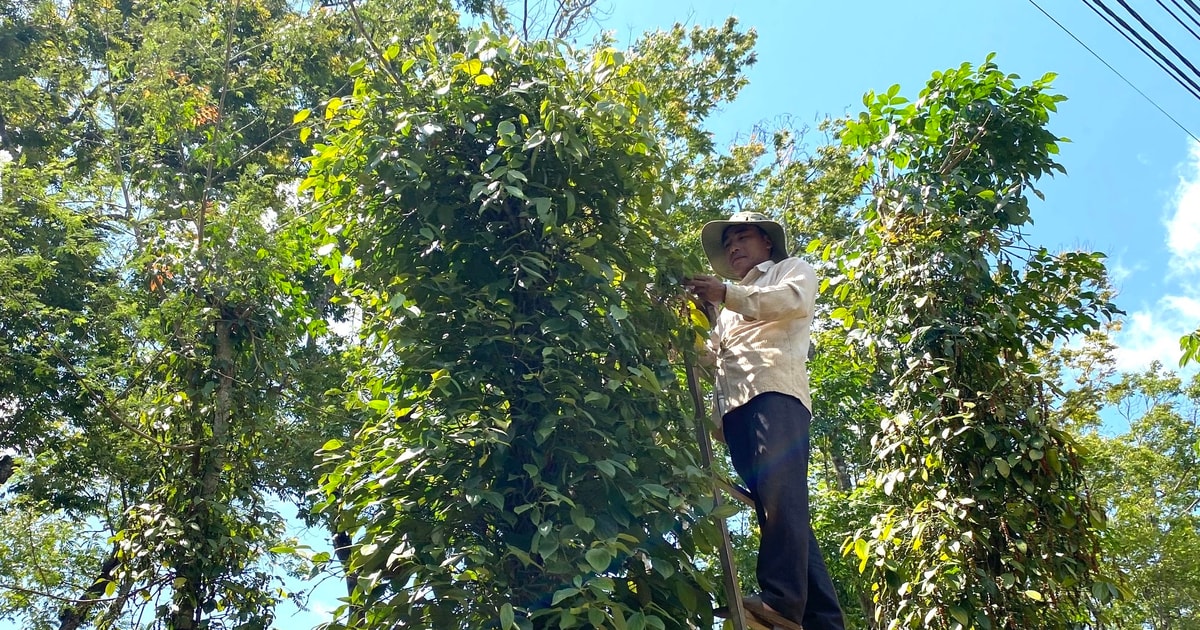
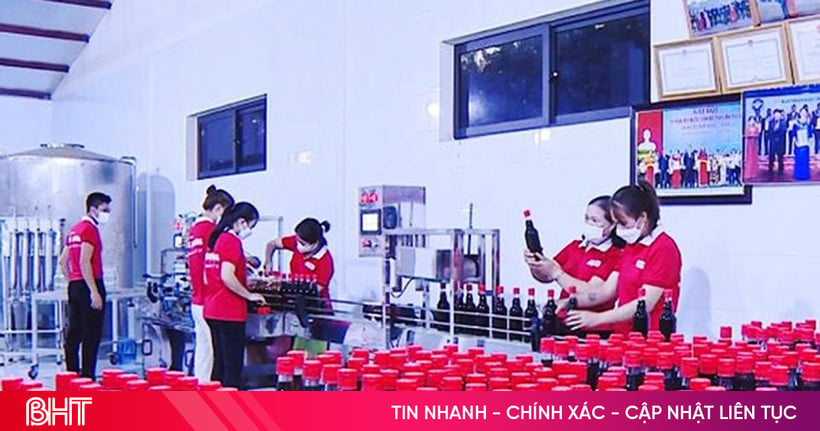

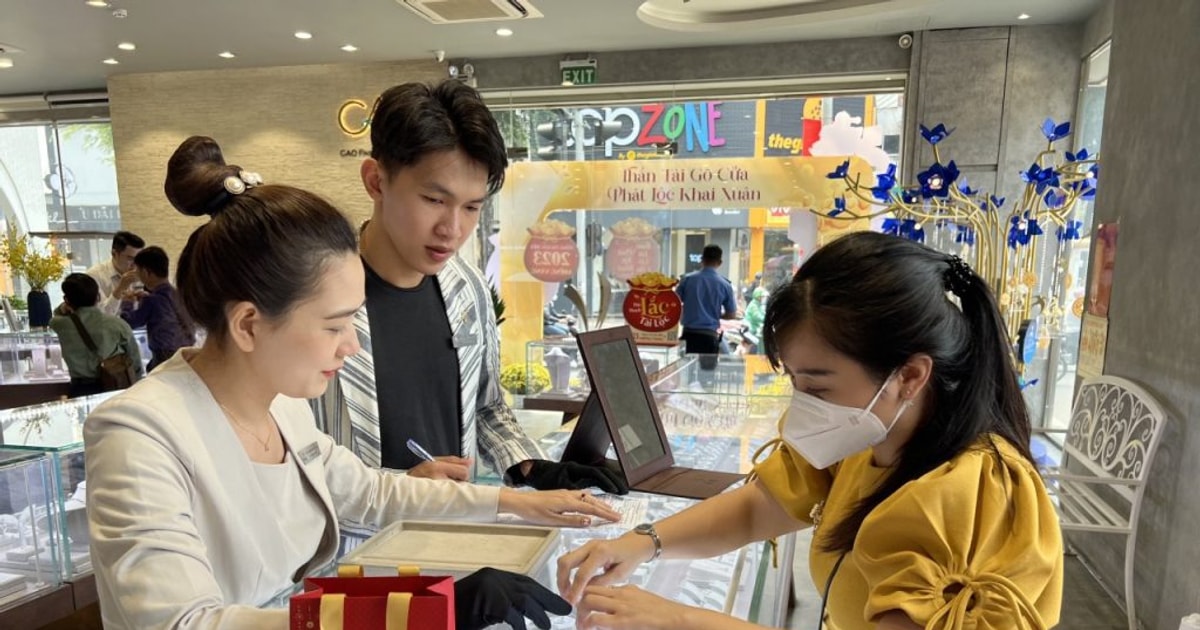








Comment (0)